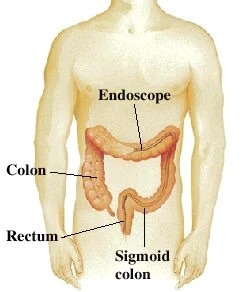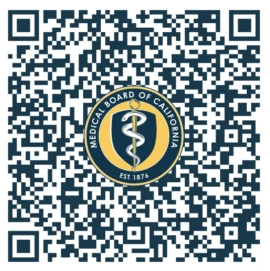Lower GI endoscopy allows your doctor to view your lower gastrointestinal (GI) tract. Your entire colon and rectum can be examined (colonoscopy). Or just the rectum and sigmoid colon can be examined (sigmoidoscopy).

Before the Exam
Follow these and any other instructions you are given before your endoscopy. If you don’t follow the doctor’s instructions carefully, the test may need to be cancelled or done over.
- For a colonoscopy, you may be told not to eat and to drink only clear liquids for 1 to 2 days before the exam.
- Take any laxatives that are prescribed for you. An enema may also be prescribed.
- Arrange for someone to drive you home after the exam if you will be sedated.
- Tell your health care provider before the exam if you are taking any medications or have any medical problems.
The Procedure
- Colonoscopy can take 30 minutes or longer. Sigmoidoscopy often takes less than 15 minutes.
- You lie on the table on your left side.
- For colonoscopy, you are given sedating (relaxing) medication through an IV (intravenous) line. Sigmoidoscopy usually doesn’t require sedation.
- The endoscope is inserted into your rectum. You may feel pressure and cramping. If you feel pain, tell your doctor or nurse. You may receive more sedation or some pain medication.
- The endoscope carries images of your colon to a video screen. Prints of the image may be taken as a record of your exam.
- When the procedure is done, you rest for a time. If you have been sedated, you must have an adult drive you home.
When to Call Your Doctor
Call if you have any of the following after the procedure:
- Pain in your abdomen
- Fever
- Rectal bleeding


